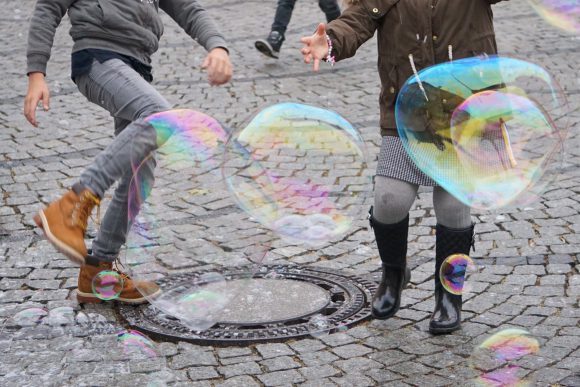Miksang Contemplative Photography
In my understanding it is an everyday art. Attention and joy, in the midst of familiar surroundings and familiar processes, and yes – even in the midst of stress. The continuous visual training and the small camera in my pocket shake me continuously awake and let me arrive at the moment. Before I participated in my first Miksang training, I thought rainy days were grey. Today I see how the water makes colors shine. I explore the world of drops and reflections. This is just one example of how viewing habits and presets can dissolve. This is exactly what the different perception exercises and photographic tasks of Miksang Training do. The power of expression comes from presence, authenticity and thus a feeling for the freshness of my perception. How accessible am I to the world as it presents itself – not as I would like it to be. The basis is my clarity in seeing: Click! I take the picture carefully. I like technically well made pictures, because that enables the viewer to feel what I saw. And to answer a frequent question: We do not rework our pictures in the sense of improvement, exaggeration or refinement. My reference is always what I saw. I want the intensity or paleness of the color in the picture as in the original. And thanks to the new camera technology, this is also possible for beginners.
“From this point of view, the basic principle of photography is to see things as they are. In their own ordinary nature. It’s very simple and direct.”
Dharma Art, Chögyam Trungpa, Original Title: True Perception, The Path of Dharma Art, 1994 / 2012
What connection does Miksang have with the Shambhala tradition?
The word Miksang is Tibetan in origin and means ‘good eye’ or, to be precise, ‘purified eye’. My teacher Michael Wood got the name ‘Miksang’ when he became a Buddhist from his teacher Vajra Regent Özel Tendzin. That was in the 80s. Chögyam Trungpa Rinpoche already knew that he would not live much longer and appointed the Vajra Regent as his successor. Trungpa attached great importance to the contemplative arts, asked students to make solid educations and to combine this knowledge with his teaching, with Dharma Art. Perception and expression from our original, open being full of courage, clarity and confidence in the process. These principles are implemented in many disciplines. Be it Kado, the path of flowers, Kyudo, the art of archery, or calligraphy, poetry and dance. Miksang is a contemplative art that does not operate within the organization of Shambhala, but has its roots in it and has always remained close to it. I am particularly excited that this training provides access to creativity and expression for ALL.
